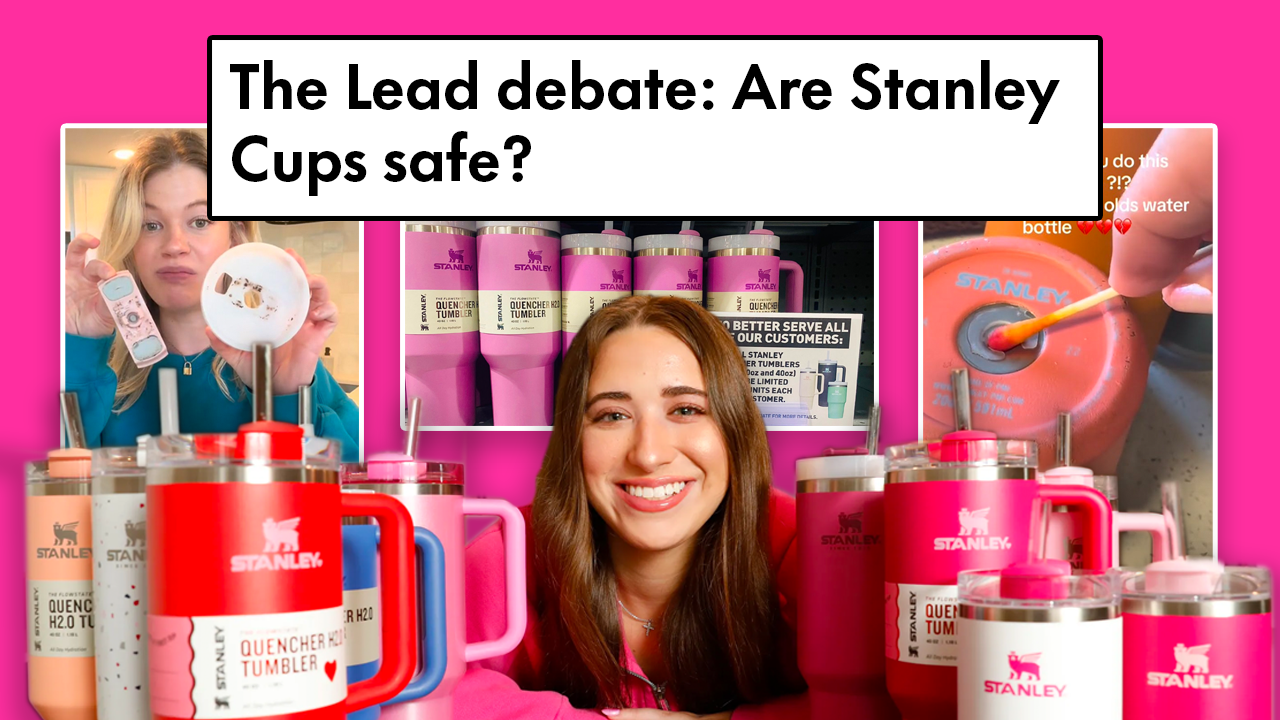
The Lead debate: are Stanley Cups safe?
In recent months, social media has been abuzz with concerns about the safety of drinking from Stanley cups. The crux of the issue? Lead. But just how much of a risk does this pose to consumers? Let’s delve into the debate and separate fact from fiction.
Stanley, a prominent beverage container manufacturer, has responded to these claims, acknowledging that lead is indeed used in their manufacturing process. However, they emphasize that the lead is sealed within the product and only becomes accessible if the cup sustains damage. According to a spokesperson for the company, a stainless steel barrier covers a pellet containing lead, ensuring that there is no direct contact between the lead and the liquid inside the cup.
Moreover, Stanley reassures consumers that their products comply with all U.S. regulatory requirements. They subject their products to rigorous testing by FDA-accredited third-party labs to verify compliance with guidelines regarding substances like BPA/BPS, PFOS, and phthalates.
Experts weigh in on the matter, providing valuable insights into the potential risks associated with lead exposure. Dr. Jack Caravanos, a public health expert from New York University, asserts that the risk of ingesting lead from a Stanley cup is minimal as long as the bottom cover remains intact. However, lead poisoning activist Tamara Rubin, also known as Lead Safe Mama, raises concerns based on her own testing, suggesting that the protective cover can come off, potentially exposing consumers to lead.
Lead poisoning is a serious health concern, particularly for children who are more vulnerable to its harmful effects. While the chances of lead exposure from a single instance may be low, repeated exposure or ingestion of lead-contaminated substances can have severe consequences, ranging from developmental delays to cardiovascular issues.
Consumers are advised to monitor their Stanley cups for any signs of damage to the bottom cover. If the cover becomes loose or detached, they should take advantage of the company’s lifetime warranty and seek a replacement. Additionally, it’s essential to exercise caution, especially with young children who may inadvertently come into contact with lead-containing surfaces.
Stanley is not the only player in the market using lead-containing pellets to seal their insulated cups. While some companies have opted for alternative, lead-free manufacturing processes, others continue to follow the industry standard. Consumers are encouraged to explore alternatives from companies like Hydro Flask, Owala, and Klean Kanteen, which prioritize safety and environmental responsibility.
The debate surrounding lead in Stanley cups underscores the importance of product safety and transparency. While the company maintains that their products are safe when used as intended, consumers must remain vigilant and informed. By staying abreast of developments, adhering to safety guidelines, and advocating for stricter regulations, we can collectively work towards ensuring the safety of the products we use every day.
In conclusion, while the presence of lead in Stanley cups may raise valid concerns, the extent of the risk depends on various factors. By exercising caution and staying informed, consumers can make empowered decisions to safeguard their health and well-being.









